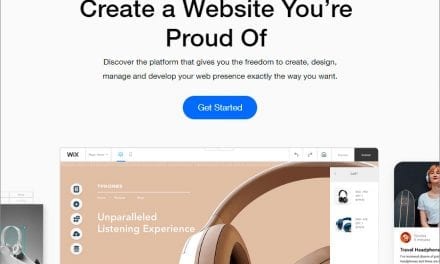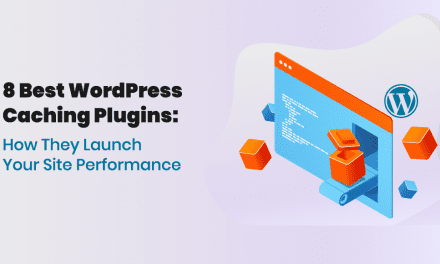If you’re thinking about creating a professional website for your business, you’re definitely moving in the right direction. A well-built website greatly increases the chances of your business succeeding. Despite the numerous benefits a website can bring to a business, reports say that a whooping 35–40% of small businesses don’t have one. Since businesses are trying to survive the effect of the coronavirus (COVID-19) pandemic, there’s no better time to build a website or improve the one you already have.
One of the things that companies often overlook is a website’s user experience (UX). Let’s see why it’s so important and how it can be a game-changer.
What Is User Experience (UX) and Why Is It Important?
It’s not sufficient to create any website because websites are created for a particular audience. Therefore, the experience users have when they interact with your website is of paramount importance. In simple terms, user experience (UX) is a combination of the intricate aspects of a website, such as speed, interface, usability, content, responsiveness, and similar.
According to recent UX statistics, 94% of users judge a website based on its responsiveness. What’s more, 61% of users will stop browsing a website and go to another if they can’t find what they’re looking for, while 13% will tell 15 other people about their negative experience.
Below are some of the points to consider when creating a positive user experience.
Useful Content
Following the creation of a new website, it’s essential to ensure that the content you are generating is useful and caters to your target audience’s needs. Most website owners post any content they come across. Some even go as far as copy-pasting content directly from other sites. Aside from being guilty of plagiarism, it doesn’t take long for users to recognize a familiar content. The goal is to be unique, original, and informative.
Compatibility
According to statistics, 88% of consumers will look up a product online before buying it either online or in a physical store. What’s more, 26% do so on a tablet, 42% use a mobile phone, and 67% use a desktop computer. Therefore, when designing a website for your business, ensure it caters to a wide range of devices, as your potential customers might access your website from multiple devices.
Page Speed Optimization
A second of slow loading alone can cause sales to drop by 27%. That’s how significant website speed is. According to reports, three seconds is how long 53% of consumers wait for a page to load before they abandon it. Furthermore, pages that load in just 2.4 seconds have a 1.9% conversion rate on mobile and a bounce rate of just 12.8%.
Conclusion
UX should be taken seriously, as it can make or break your business. Simple tips like optimising your website’s load speed and generating quality content can go a long way in ensuring your visitors have a great user experience when interacting with your website.





